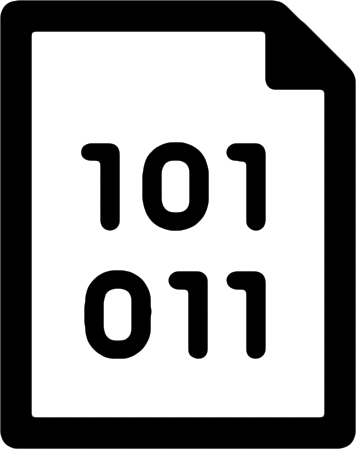
Real programming.
Students from ages 6-14 are taught computer science through programming LEGO® WeDo and LEGO® Mindstorms EV3 robots using a LabVIEW visual programming language, a graphical coding language, and the industry standard C-programming language.

Real teachers.
Work one-on-one with experienced educators in a classroom environment. Our teachers are Texas Education Agency certified and come with many years of experience.
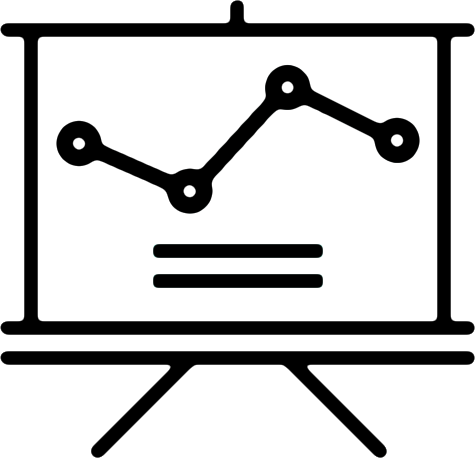
Real learning.
Our unique approach helps to prepare students for tomorrow with quality STEM education, guiding them to be successful and encouraging them to innovate.
Why learn computer science?
Teaching children computer programming skills provides them with an important life skill: problem-solving.
When students are challenged to find their own solutions to problems, they are empowered by their own success. Critical thinkers and effective problem solvers are the leaders and the employers of our future.
When students are challenged to find their own solutions to problems, they are empowered by their own success. Critical thinkers and effective problem solvers are the leaders and the employers of our future.
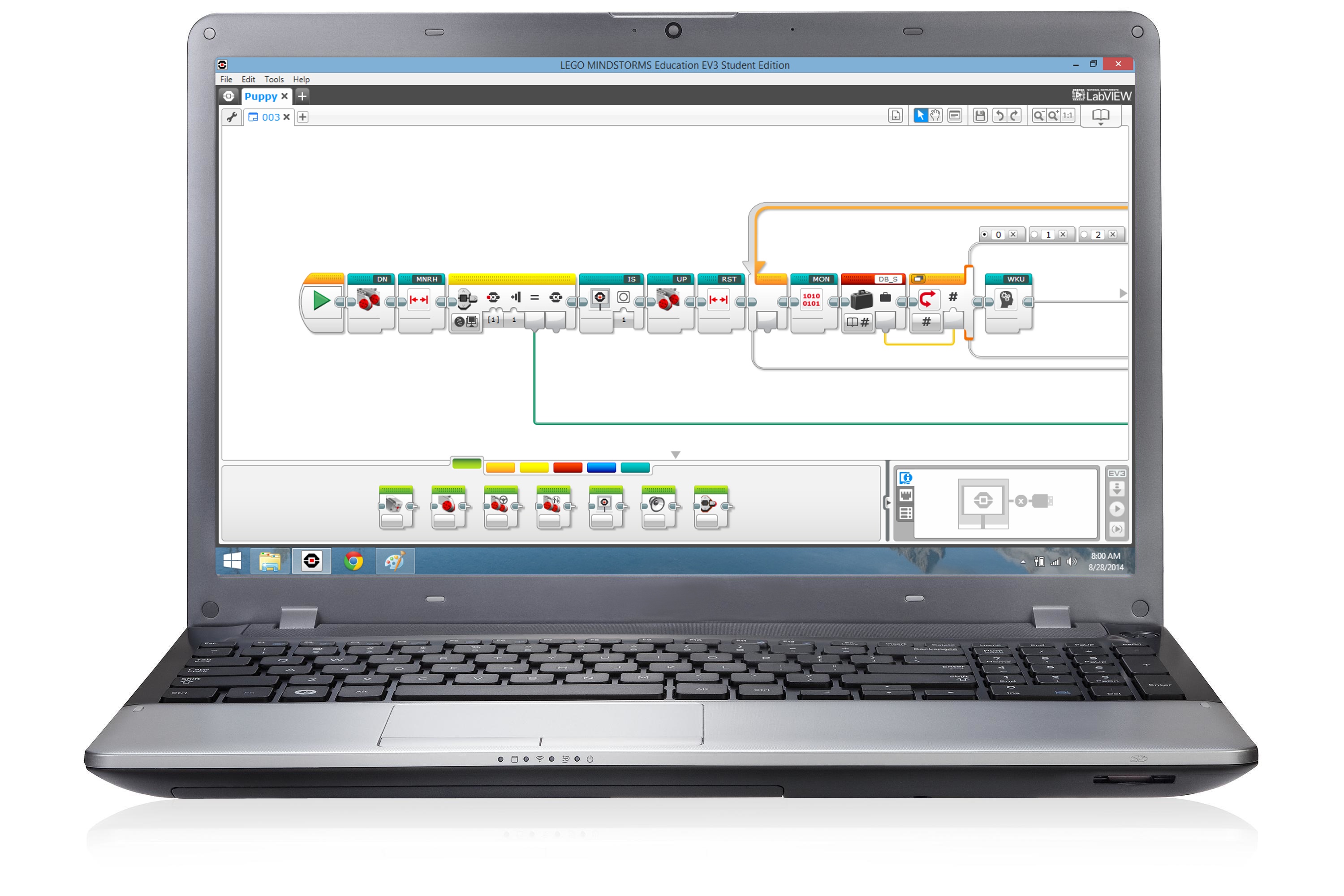

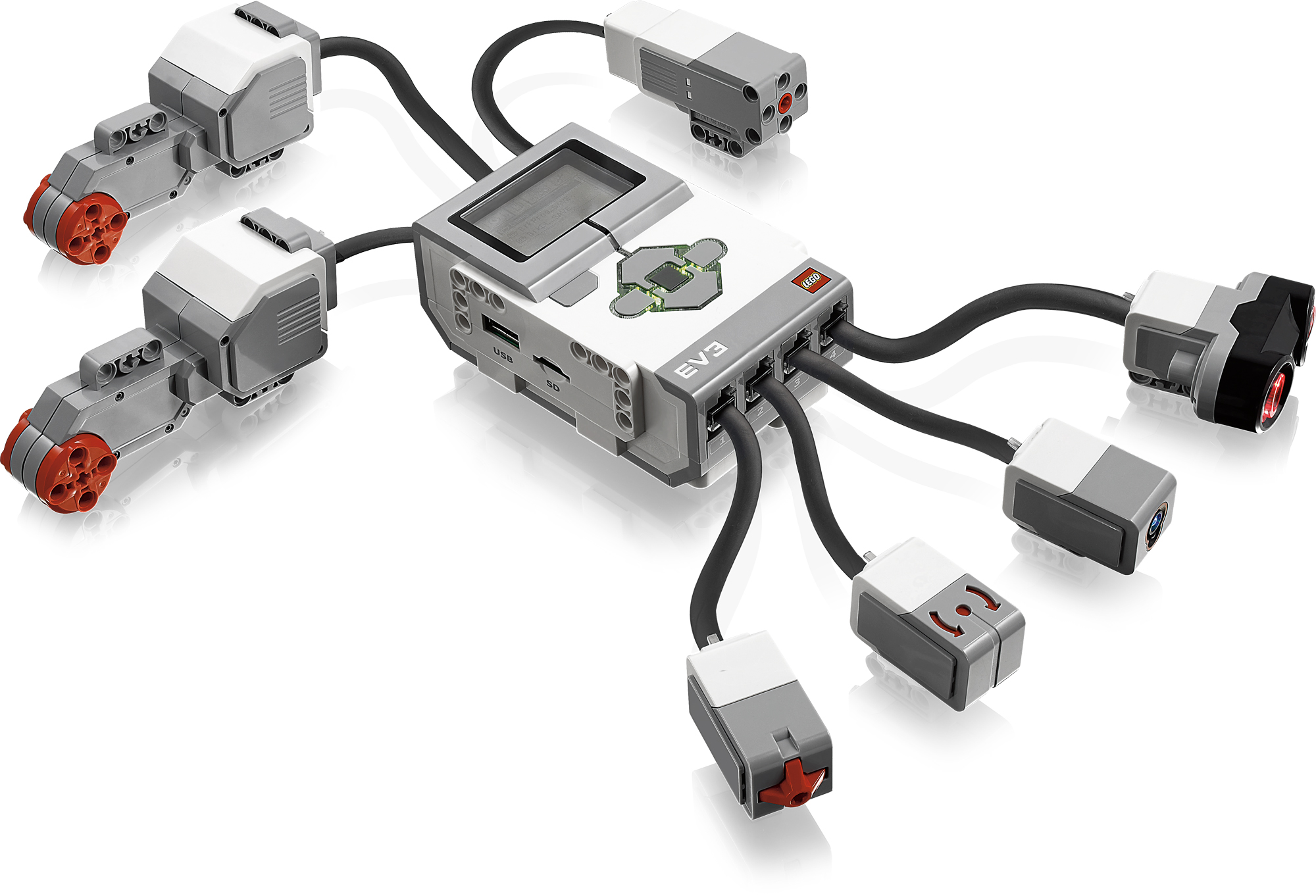
Why robotics?
We can’t predict what the hot new technology will be in five years, but we can predict confidently that it will include computer programming, electronic embedded systems, engineering design, and mathematics. If you believe these things, then you need to know that robotics has the ability to teach these concepts. At the same time, robotics teaches 21st century skill sets like time management, resource allocation, teamwork, problem solving, and communications.
Many teachers see robotics as a way to teach STEM (science, technology, engineering, and mathematics) education. We've seen that robotics does provide unique opportunities for teachers to place engineering design, scientific process, technological literacy, and mathematics in contexts that students understand and find engaging. Across the nation, many schools and community-based organizations are using robotics to address STEM competencies.
Many teachers see robotics as a way to teach STEM (science, technology, engineering, and mathematics) education. We've seen that robotics does provide unique opportunities for teachers to place engineering design, scientific process, technological literacy, and mathematics in contexts that students understand and find engaging. Across the nation, many schools and community-based organizations are using robotics to address STEM competencies.
Coding at every level.
Why Katy Robotics Academy?
Not only do students get a hands-on experience building robots, but our curriculum primarily centers around what truly makes a robot a "robot": programming.
While teaching this curriculum, our instructors focus on individual student's interests, abilities, and learning styles, placing themselves as facilitators of learning and encouraging individual creative problem solving at all student ages and levels.
By doing this, we offer an opportunity unmatched by most LEGO® robotics camps and classes offered in this area.
While teaching this curriculum, our instructors focus on individual student's interests, abilities, and learning styles, placing themselves as facilitators of learning and encouraging individual creative problem solving at all student ages and levels.
By doing this, we offer an opportunity unmatched by most LEGO® robotics camps and classes offered in this area.
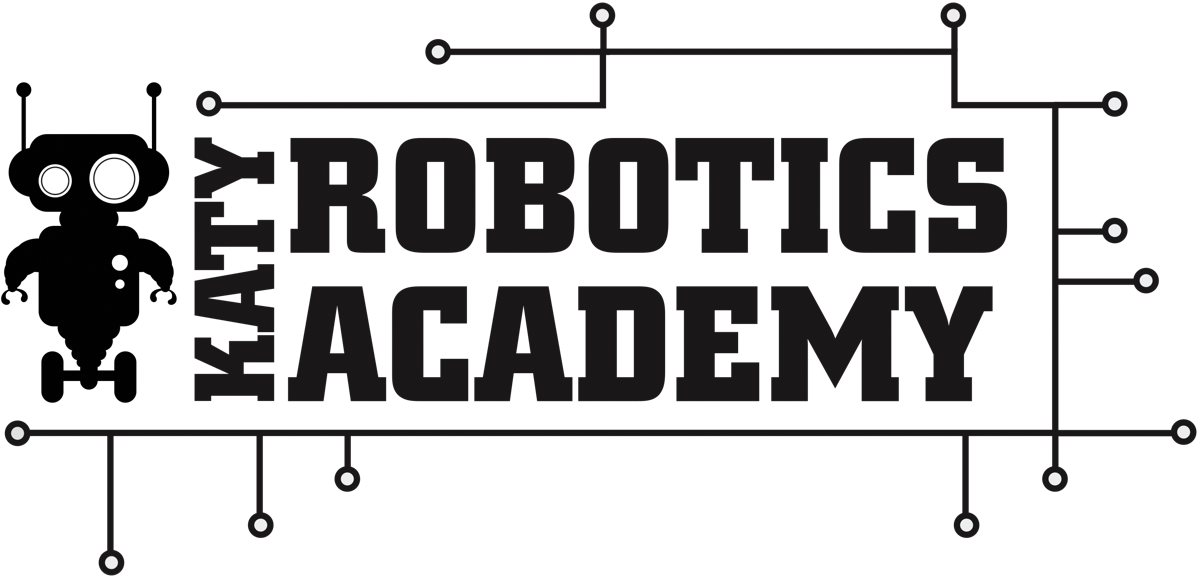
Learn to code.
Our LEGO® Robotics Coding Course curriculum teaches the same programming logic and design as our LEGO® Robotics Foundations Course, but it is done through the learning of RobotC, a dialect of the industry standard C-programming language. In this class, students are not expected to have any prior experience and can learn from the beginning, at their own pace, working through the following programming concepts:
- proper code design: whitespace, comments, and naming
- top-down design: efficient coding practices and decomposition
- assignment operators and comparison operators
- control structures: while loops, if else statements, switch cases, and for loops
- variable declaration, assignments, and usage
- function return values
- global variables
- graphic display
- sensor input
Learn more.
In addition to holding a firm belief that every child can learn computer science with robotics, our instructors also believe in teaching the following concepts:
- teamwork
- communication
- resource allocation
- scientific process
- mathematics
- engineering design
- technological literacy
- student-led innovation
- problem solving
- critical thinking
- time management
- determination and perseverance